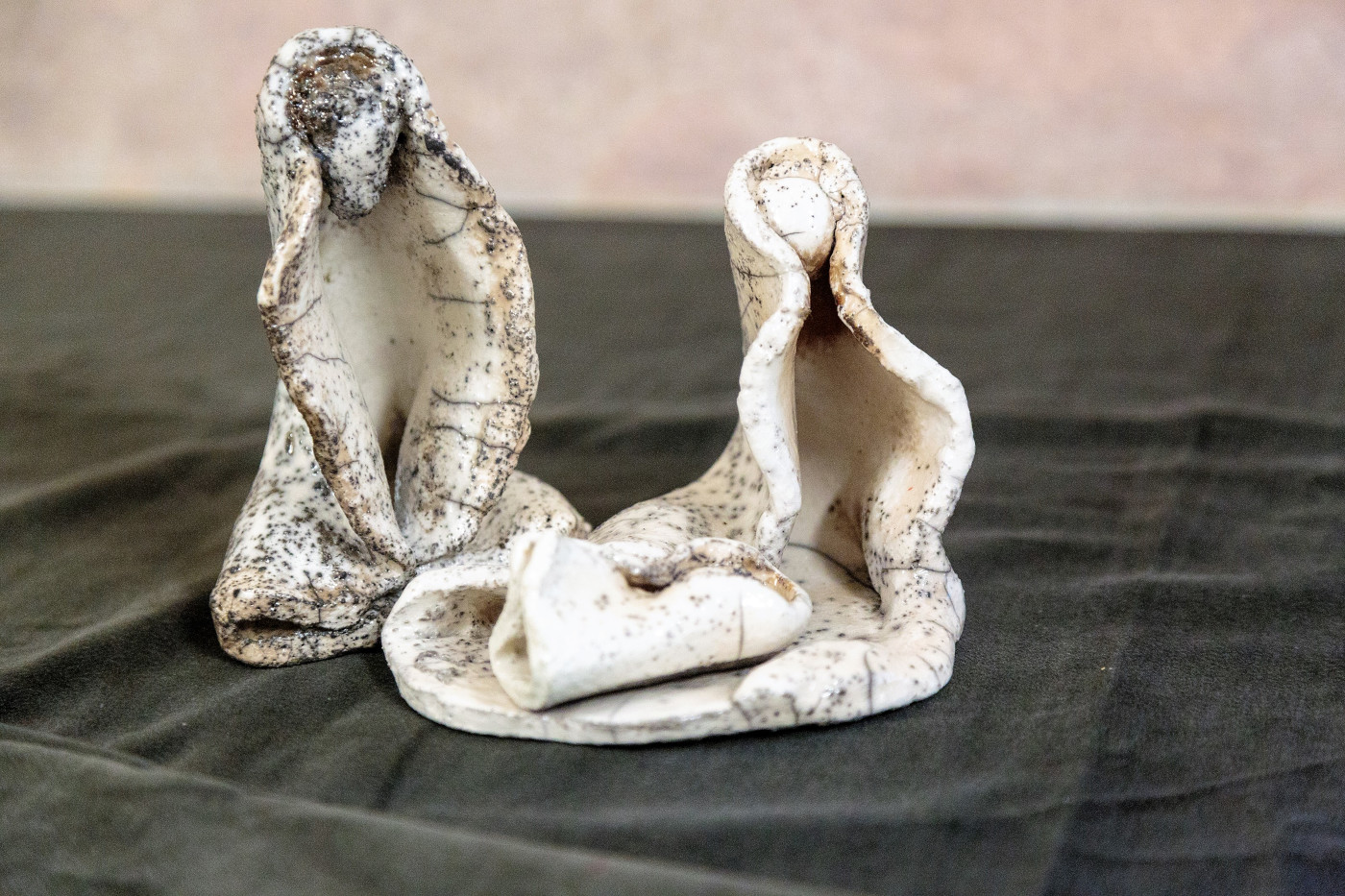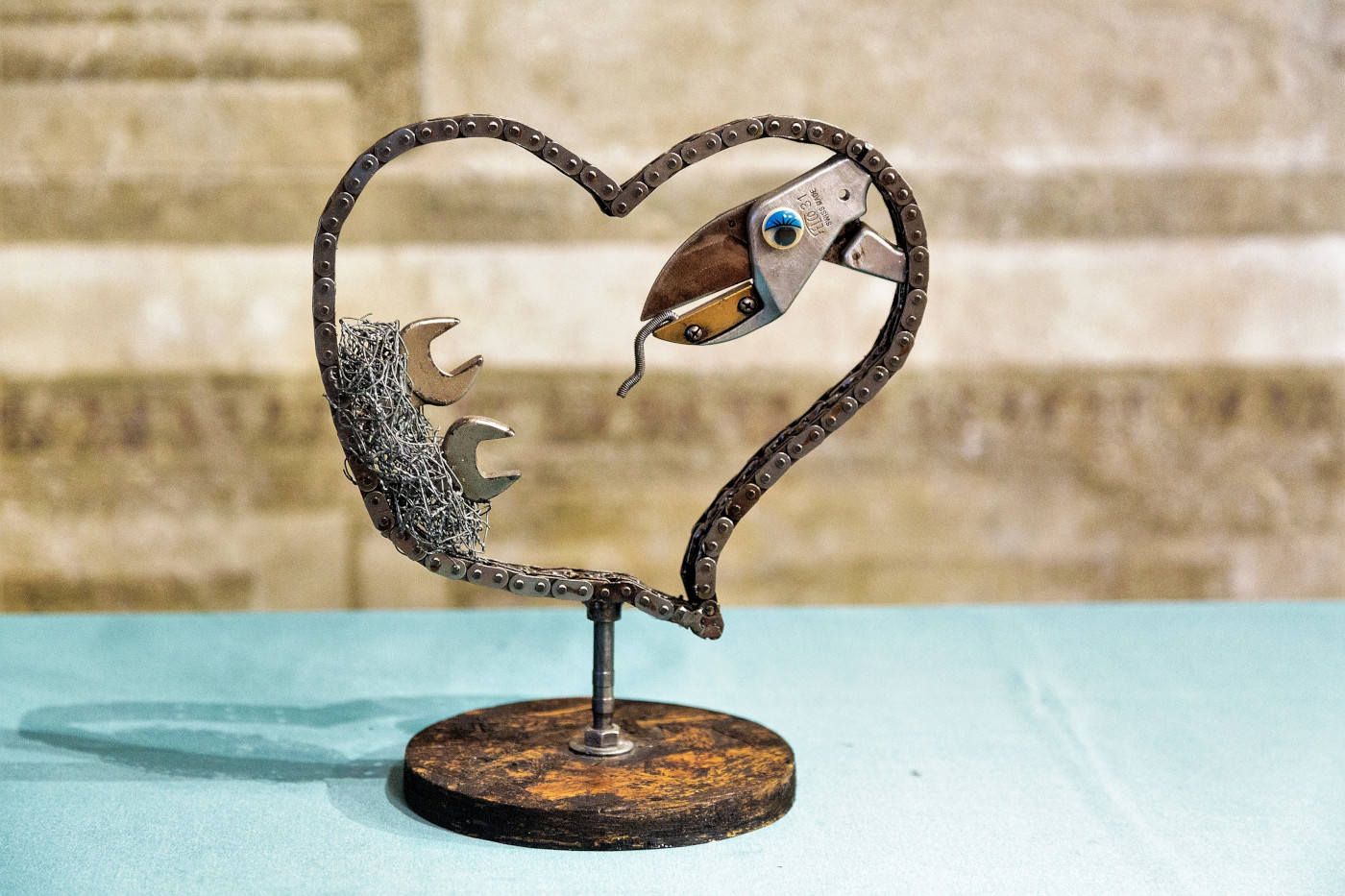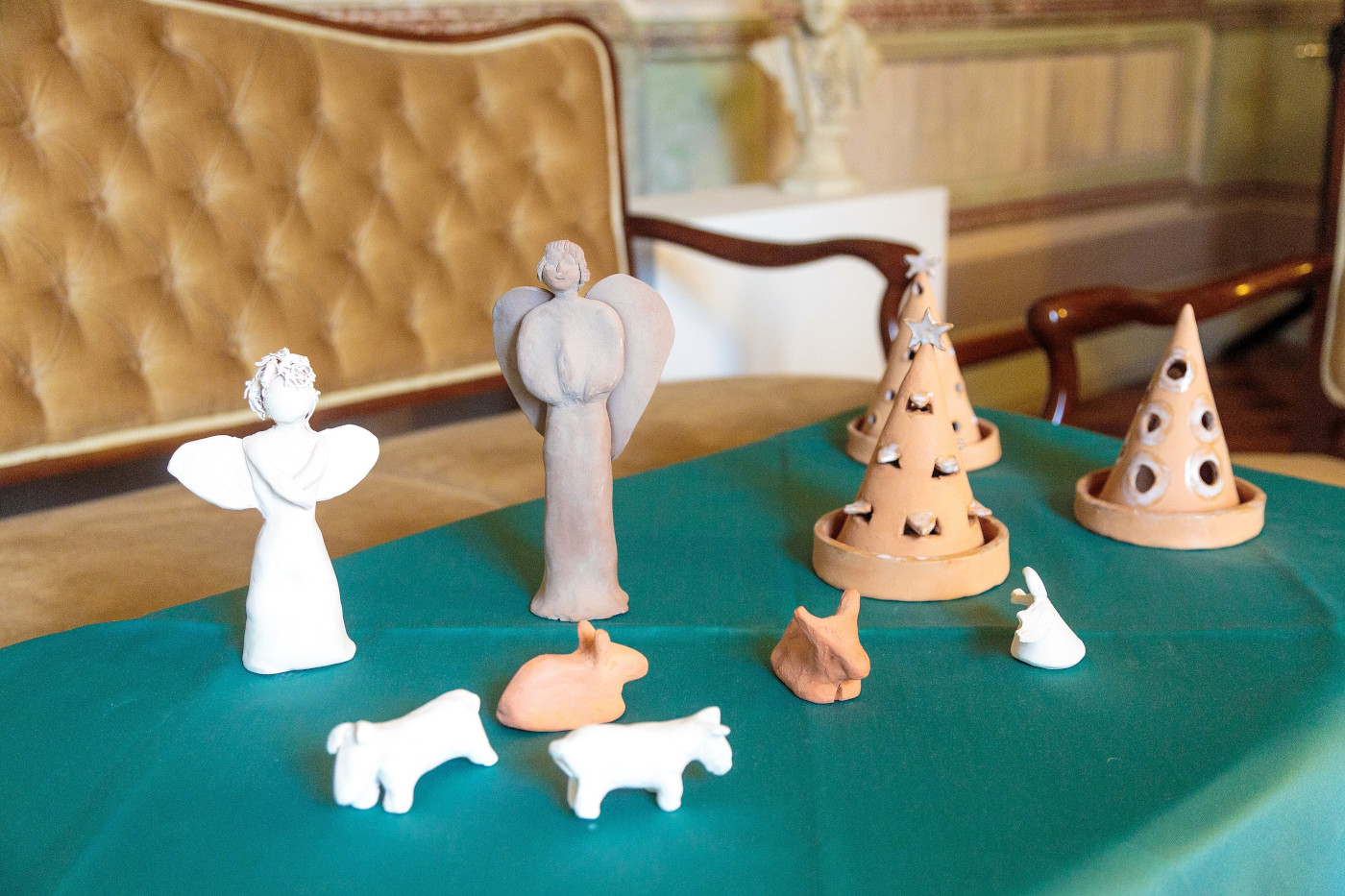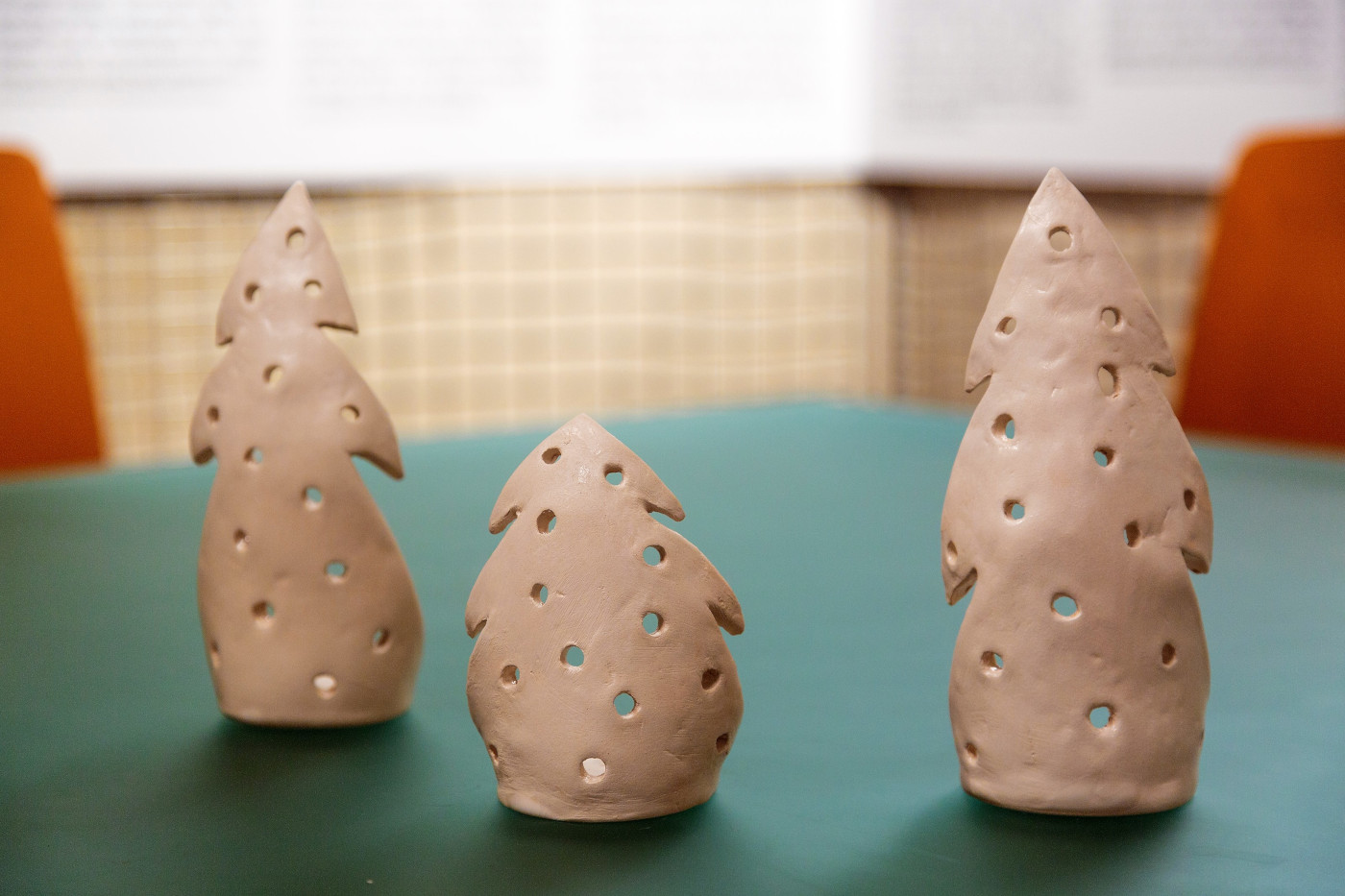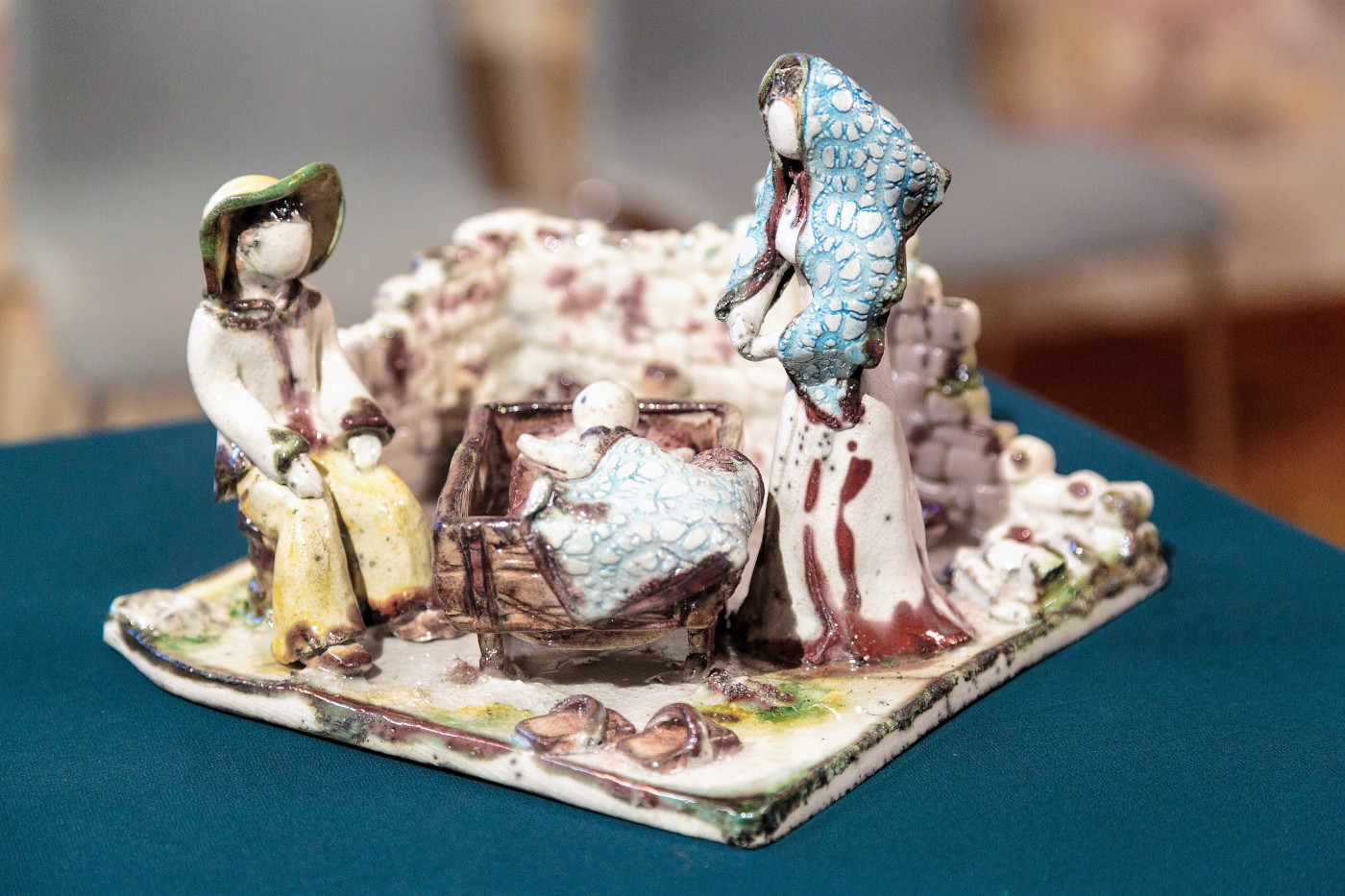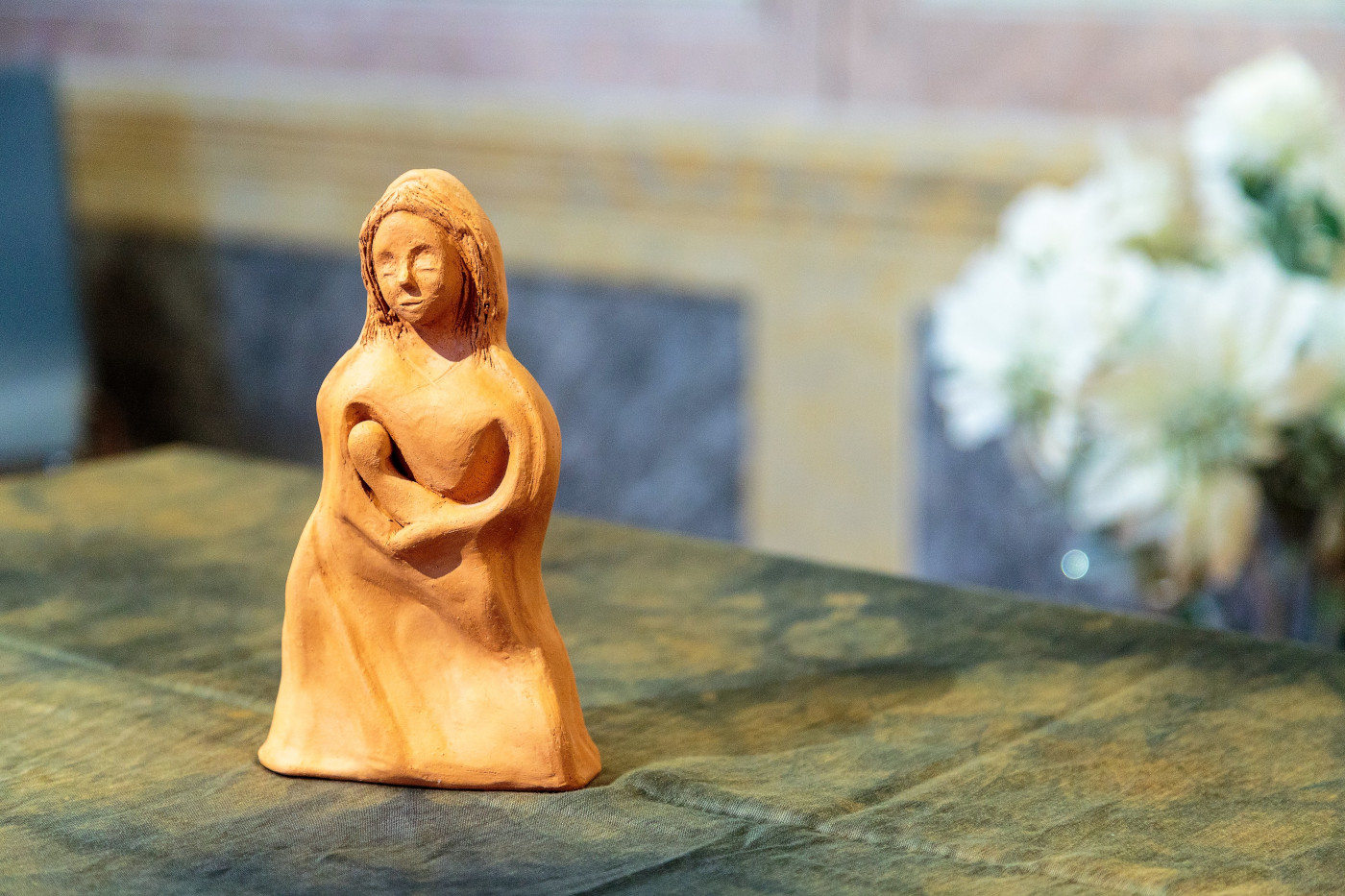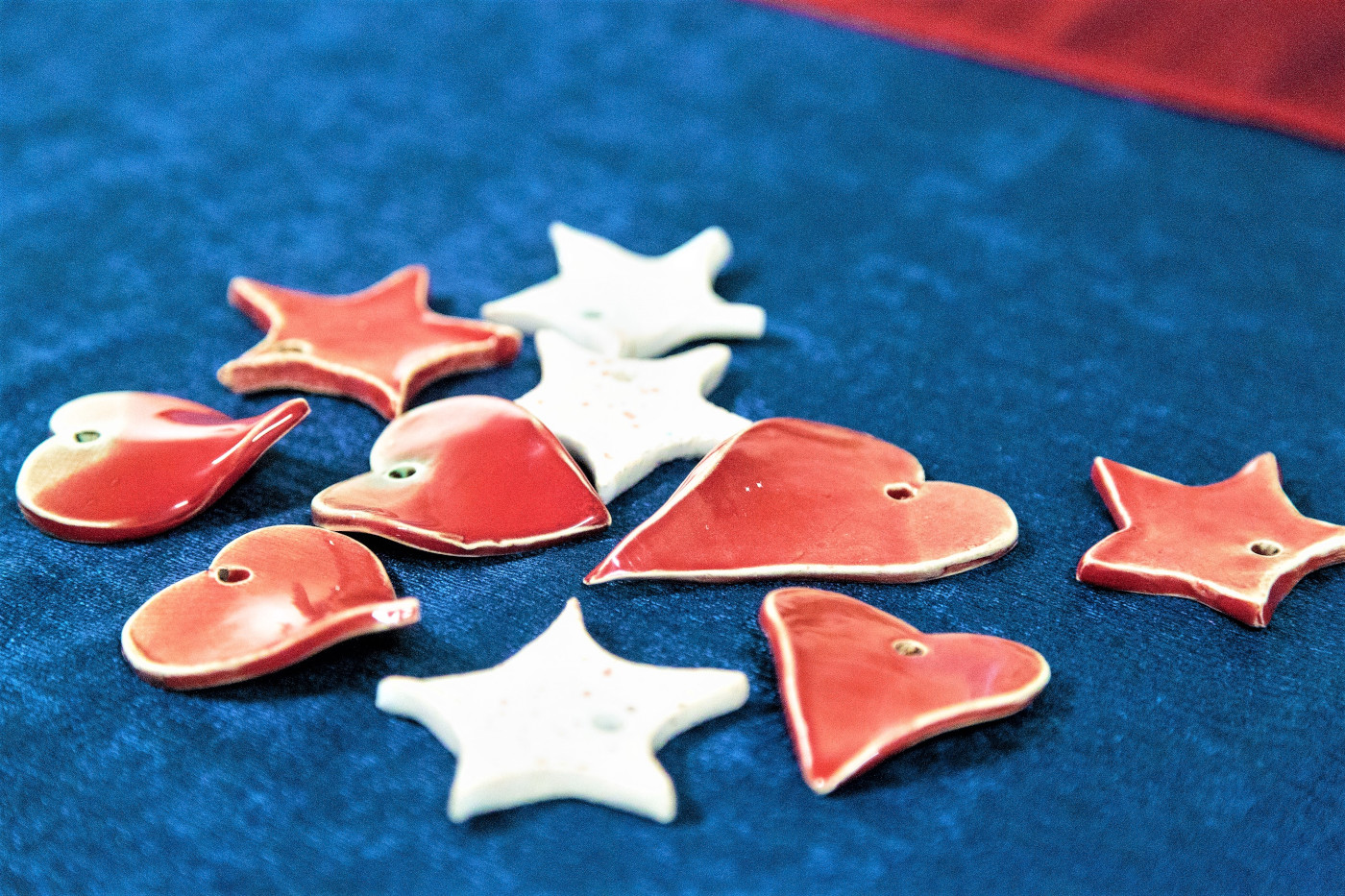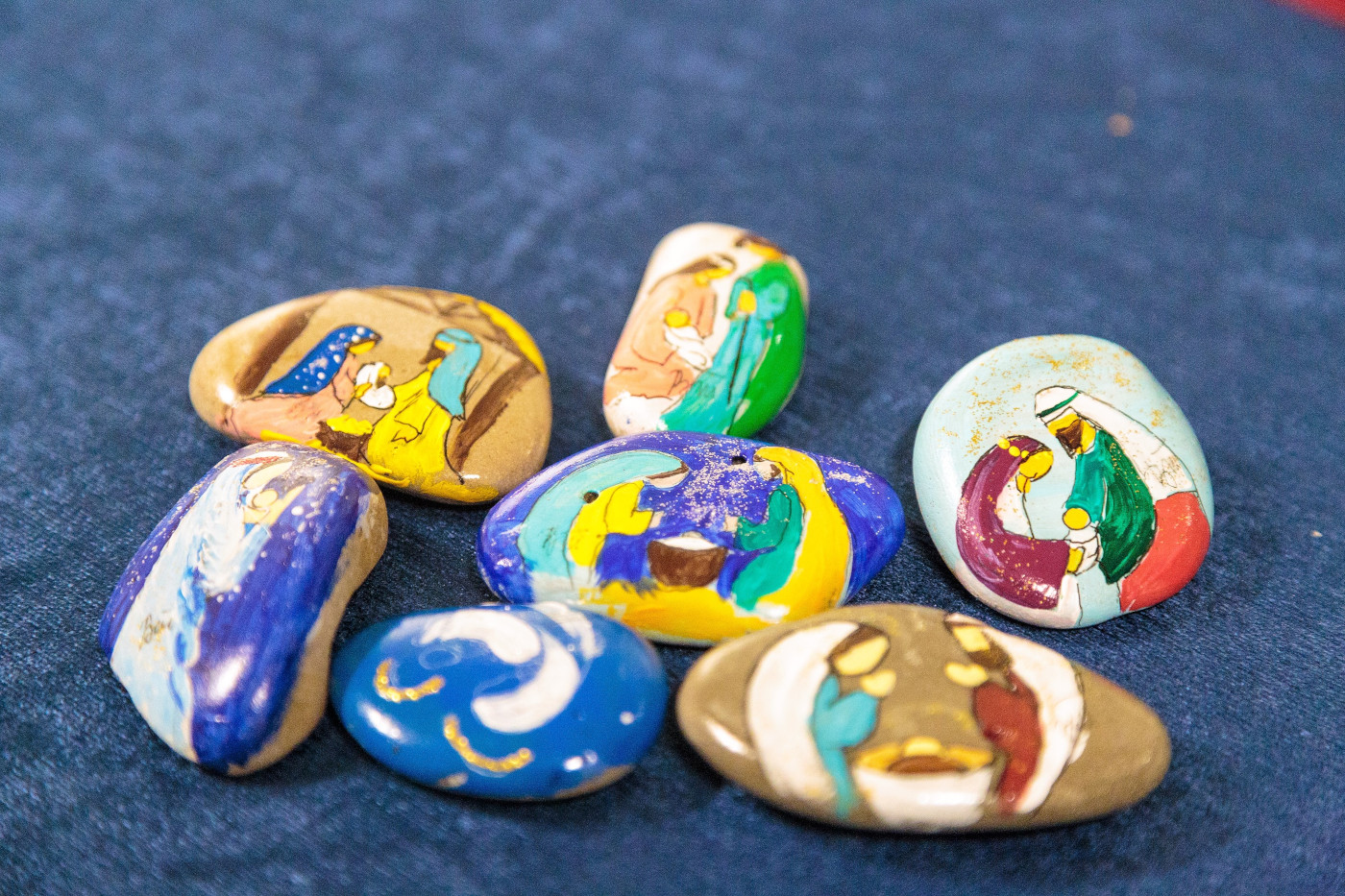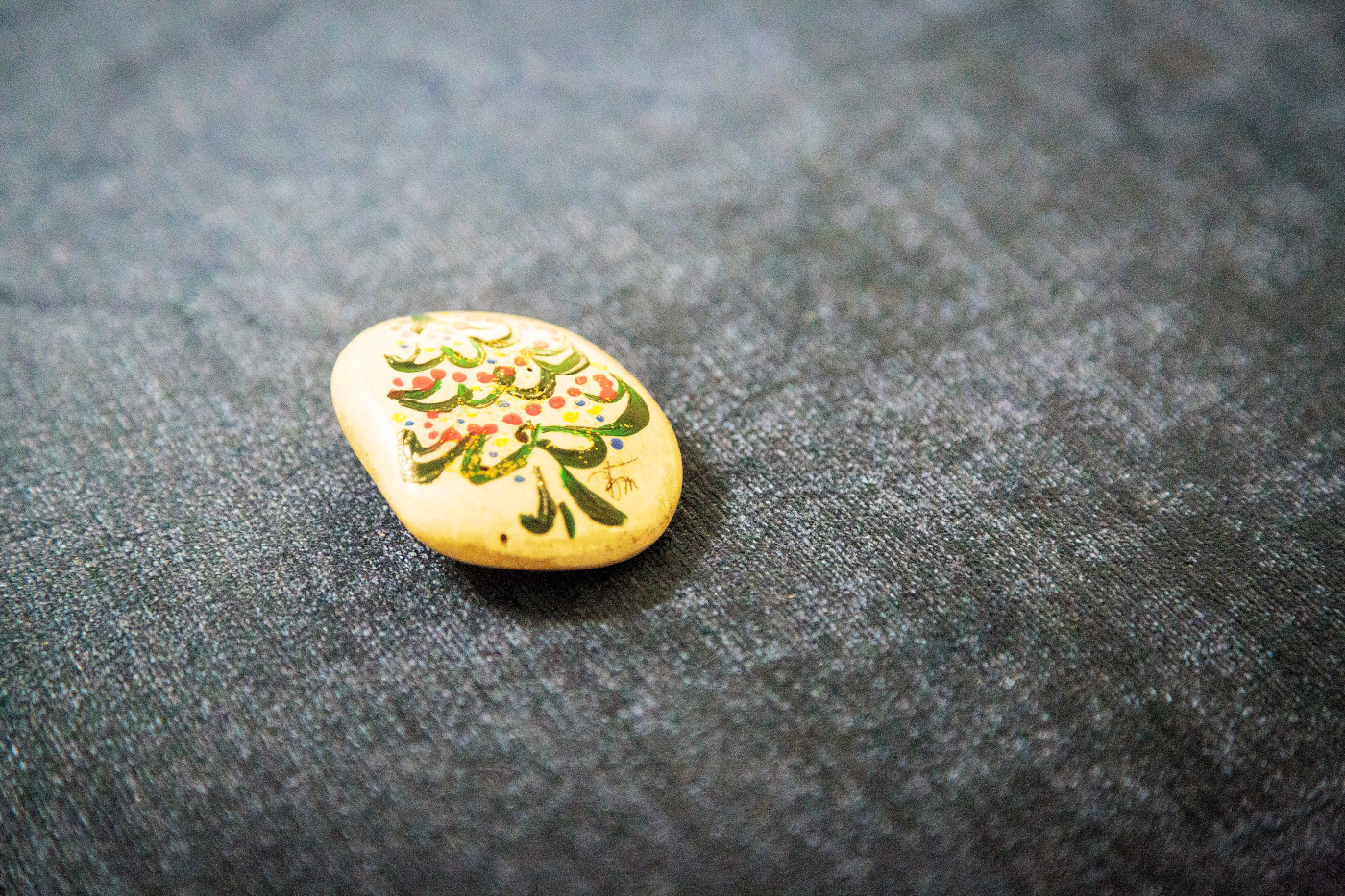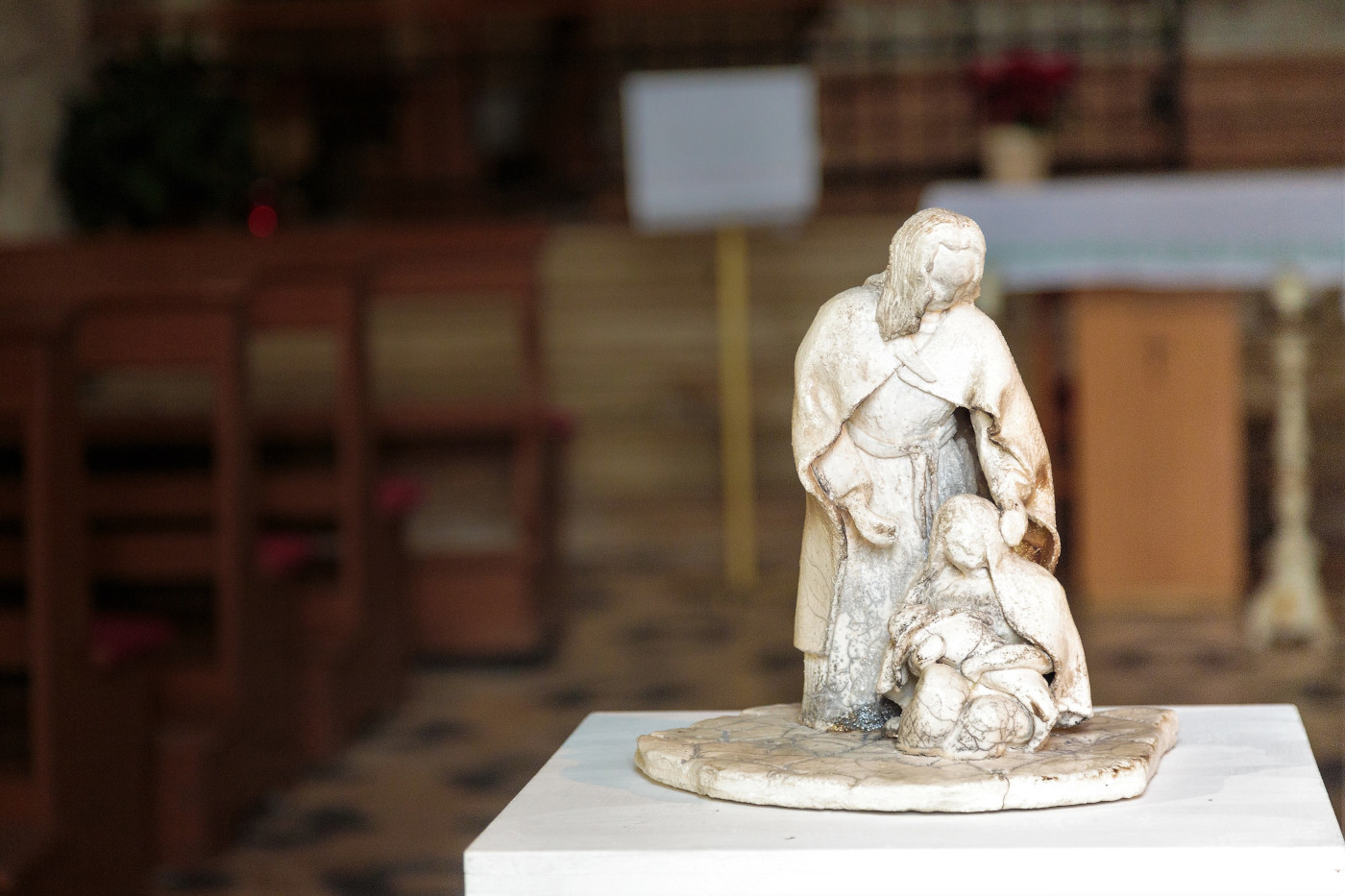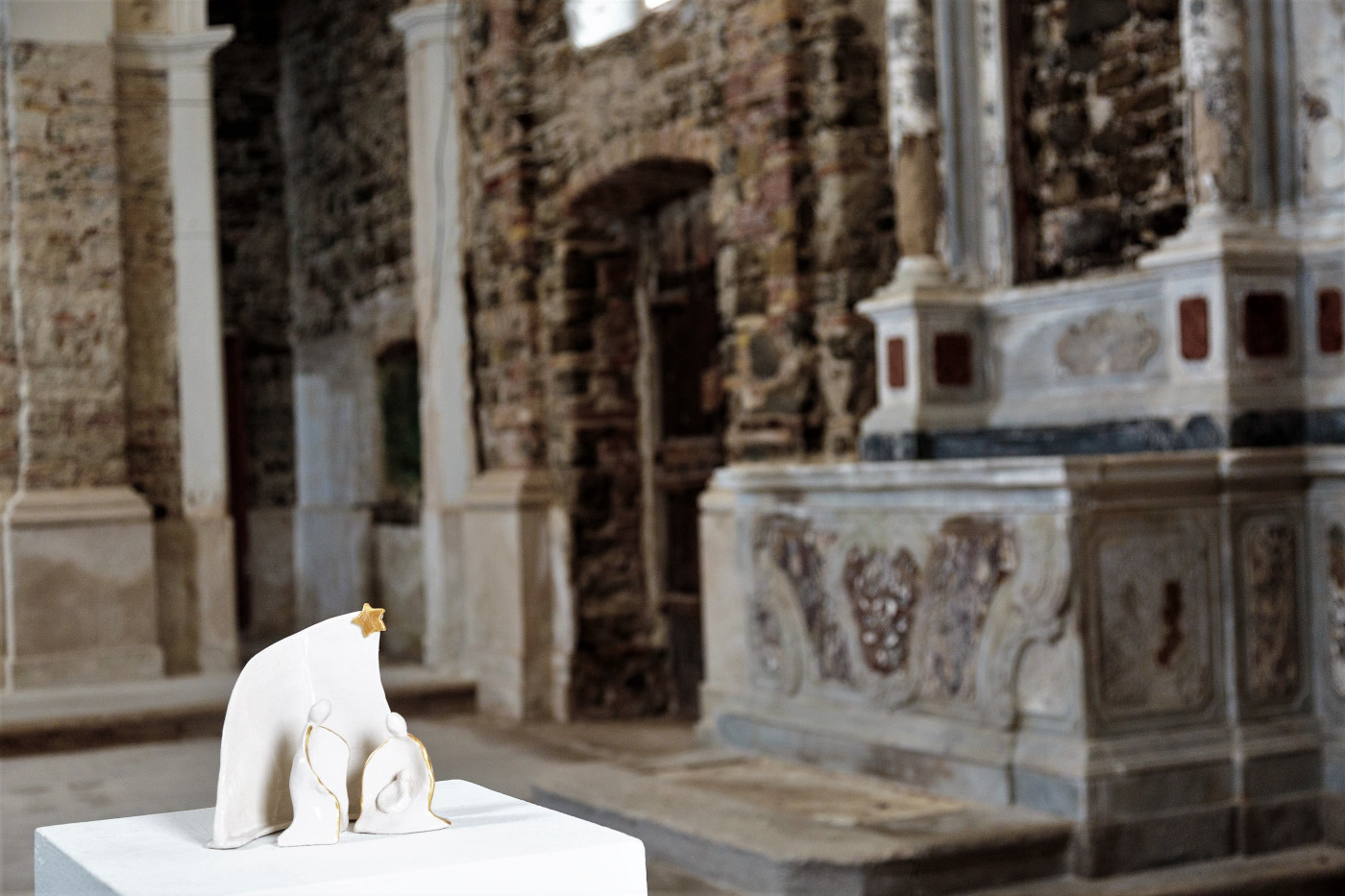Mostra dedicata alle festività natalizie
23ª riunione del Consiglio della Comunità autogestita della nazionalità italiana di Pirano
01/21/2022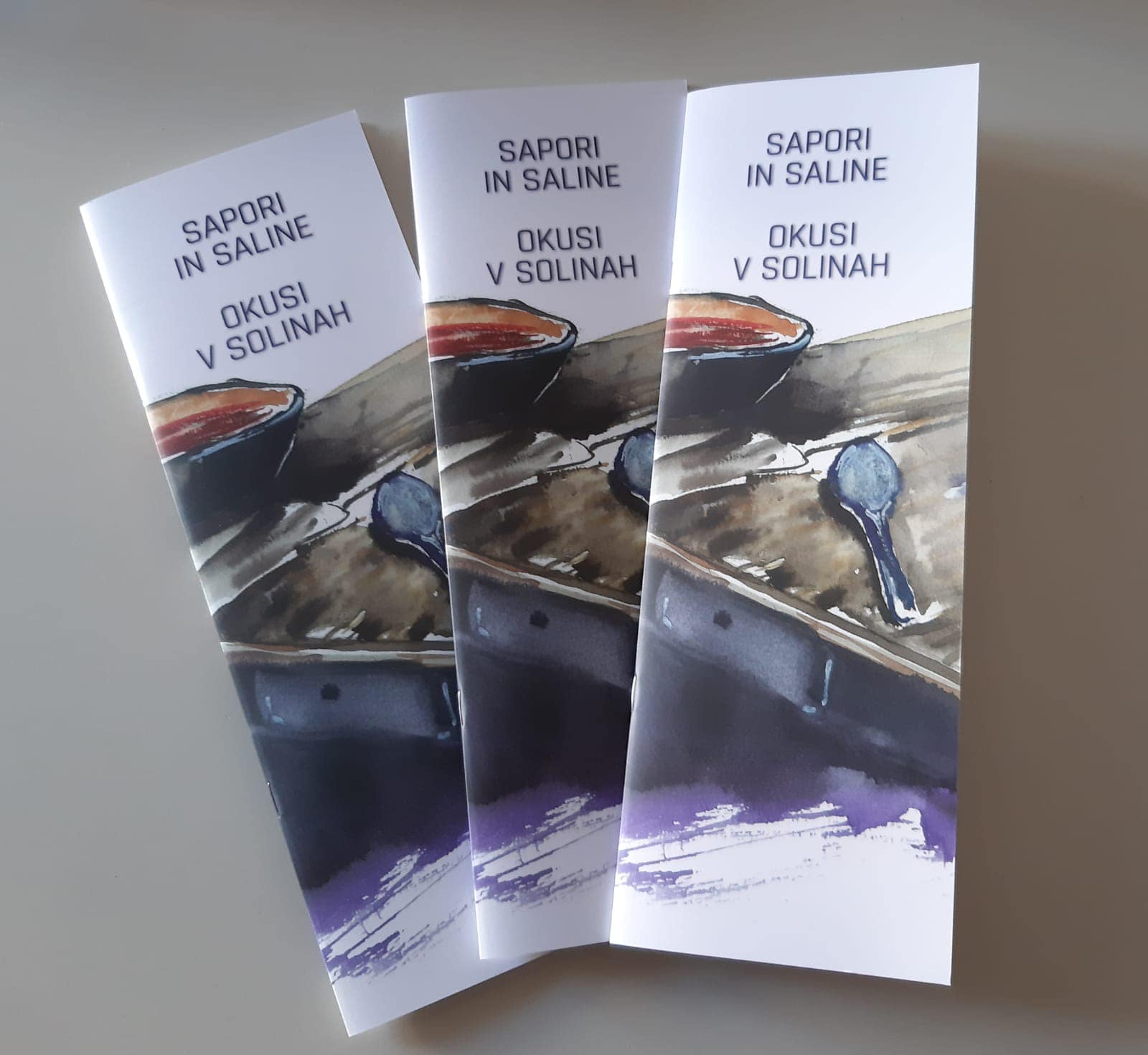
Sapori in saline
01/23/2022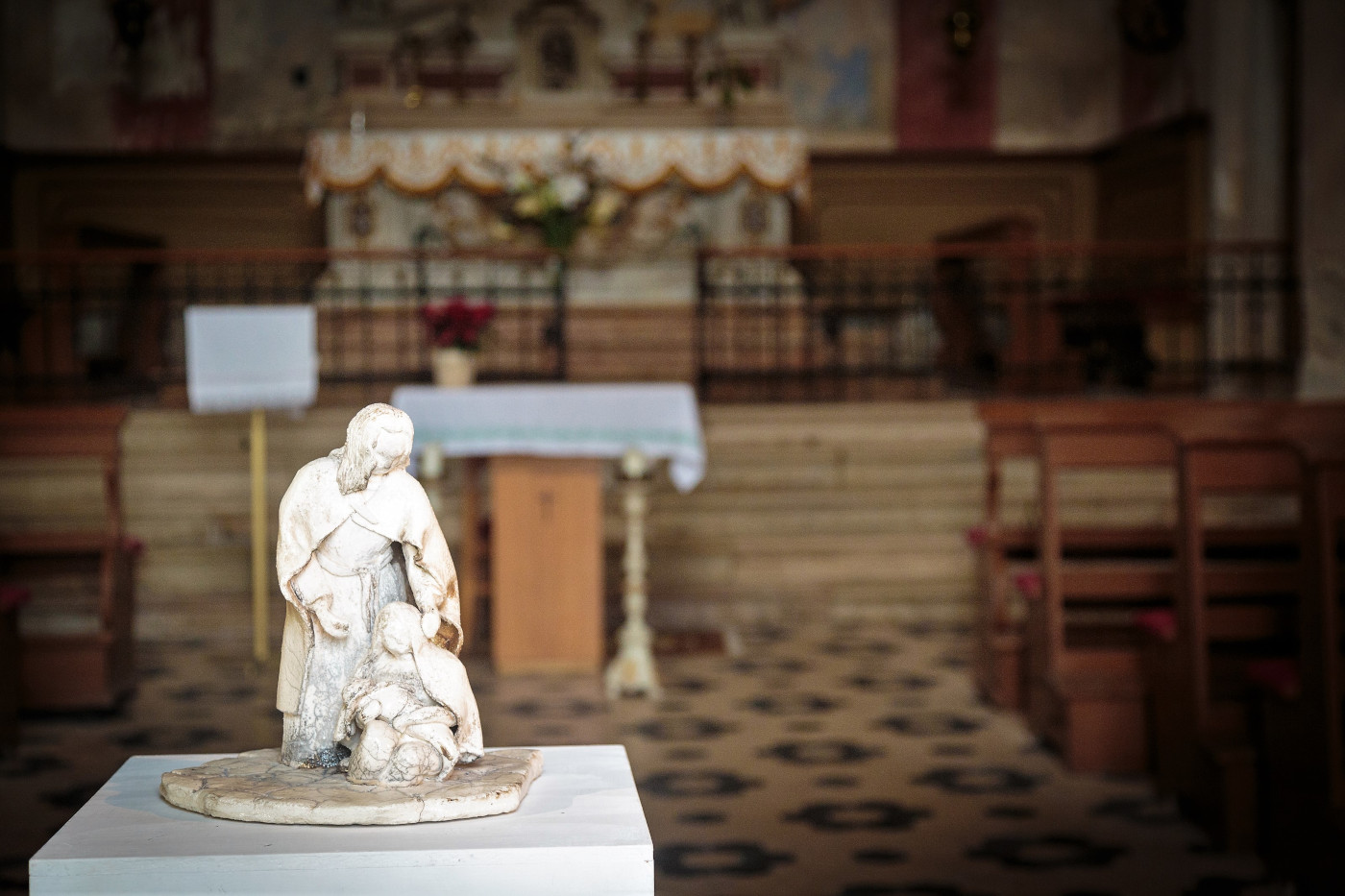
Nel periodo natalizio l’epidemia ci ha nuovamente privato della socialità, ma non ci ha privato della gioia di congedarci dal vecchio anno in un’atmosfera quanto più festosa. A renderla tale sono le varie prelibatezze, a causa delle quali già il primo dell’anno pensiamo di iniziare qualche strana dieta, ma anche le decorazioni natalizie che ad ogni passo portano calore e felicità. Anche Casa Tartini per tutto il mese di dicembre e i primi di gennaio si è vestita a festa, poiché le sue sale hanno ospitato una mostra molto speciale.
La sua essenza è catturata nel titolo “Da San Nicolò all’Epifania”, essendo dedicata a un periodo che conta esattamente 30 giorni, anche se spesso questo può sembrare il mese più lungo dell’anno. La mostra è stata allestita da Liliana Stipanov e comprende i lavori degli attivisti dei gruppi di pittura e ceramica, ma anche le opere di altri amici della Comunità. Chiunque abbia percorso le stanze della casa natale di Tartini in questo periodo ha potuto vedere in ognuna di esse un po’ della dedizione dei corsisti, che hanno lavorato diligentemente nonostante tutte le restrizioni imposte dal Covid.
Come ci ha raccontato Fulvia Zudich, i visitatori hanno potuto riconoscere opere che sono già state esposte, ma la maggior parte di esse sono state create apposta per quest’occasione. Il gruppo di ceramica, ad esempio, già un anno prima aveva stabilito che avrebbe creato un presepe che sarebbe stato esposto alla tradizionale mostra di presepi nelle chiese di Pirano, ma poiché quest’anno i rappresentanti dell’associazione “Amici dei Tesori di San Giorgio” hanno deciso di non allestirla, è stato messo in mostra in Casa Tartini. In accordo con il parroco di Pirano, Zorko Bajc, due pezzi, hanno comunque trovato la via verso la casa di Dio. Il presepe di Nadia Drenik è stato esposto nella chiesa di San Pietro, mentre la natività di Laura Vianello nella chiesa della Madonna della Salute.
Indubbiamente meritano quanti più sguardi d’ammirazione, poiché i lavori rivelano una grande originalità e, soprattutto, dedizione, particolarmente quelli creati nell’antica tecnica giapponese di cottura della ceramica raku, particolari a causa dei loro motivi imprevedibili e inimitabili.
A decorare la Sala delle Vedute sono state specialmente le sculture dell’instancabile Giulio Ruzzier. Per crearle ha riutilizzato vari pezzi di metallo, che con un tocco di creatività sono diventate opere interessanti e originali. La sala ha anche ospitato la tombola di fine anno, che è stata tradizionalmente condotta da Ondina Lusa.
Nella sala adiacente, in attesa di sguardi incuriositi vi erano i presepi, che li si poteva ammirare pure nelle sale dei piani superiori, dove sono stati messi in mostra pure quadri, ciottoli decorativi, nonché altri piccoli oggetti e, naturalmente, le illustrazioni di Nada Dellore, che hanno adornato la Sala delle esposizioni anche nel periodo natalizio.
Esatto, in Casa Tartini c’è sempre spazio per l’arte, la creatività, l’estro e la curiosità. Che possa tornare presto ad essere anche un luogo di aggregazione.
Testo e foto: Nataša Fajon
Traduzione: Kris Dassena

